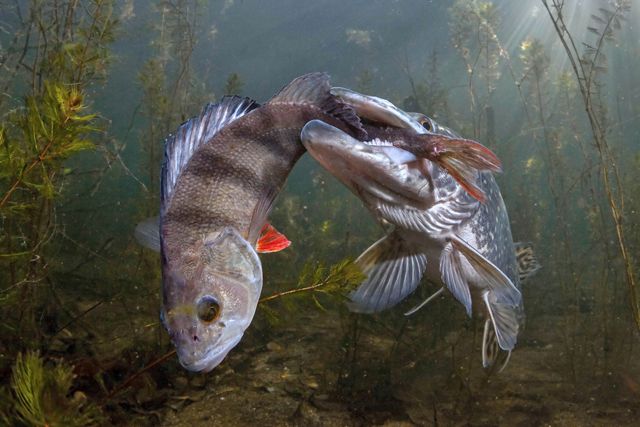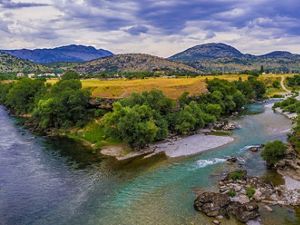Europe Paves the Way for Nature Restoration
The EU steps up protection for its waterways at a critical time.
By Andras Krolopp, Senior Policy Advisor and Julia Boverhoff, Freshwater Policy Associate, Europe
Europe stands at a critical juncture in a world where nature is in crisis. With over 80% of European habitats in poor shape, its biodiversity is rapidly declining due to unsustainable farming, forestry, urban sprawl, and pollution, endangering thousands of species and habitats. However, the adoption of the EU Nature Restoration Law by the European Parliament in February 2024 and approval a few months later by all 27 EU states signals a beacon of hope, offering a lifeline to Europe’s ecosystems and transitioning from protection to restoration.
Besides the overarching target, aiming to restore at least 20% of the EU’s degraded habitats, the law also includes a numeric freshwater target — restoring at least 25,000 km of rivers to free-flowing condition, which proposes actions and commitments to halt and reverse biodiversity loss in Europe. This law is very much corresponding to the global target of the Kunming Montreal Global Biodiversity Framework’s Target 2: Restore 30% of all Degraded Ecosystems.
Global insights, from nature to your inbox.
Get our latest research, insights and solutions to today’s sustainability challenges.
Receive our newsletterThe Challenge
Globally, freshwater ecosystems are vanishing three times faster than forests. These declines threaten not only the many species that rely on these freshwater systems but also billions of people worldwide who depend on rivers, lakes, and tributaries for food, water, and economic well-being.
Since 1970, 83% of freshwater species and 30% of freshwater ecosystems have been lost. Nowhere is the biodiversity crisis more acute than in freshwater ecosystems. This is true globally, but especially in Europe, where the decline in migratory freshwater fish species is among the sharpest on the planet.
While we are making progress globally in combating biodiversity loss through terrestrial and marine policies and strategies, there is a growing concern that freshwater ecosystems might be left behind.
Very few examples of river systems that are protected entirely exist globally. In Europe and beyond, major rivers are fragmented, and—with hardly any free-flowing rivers remaining—pressure on nature continues to grow.
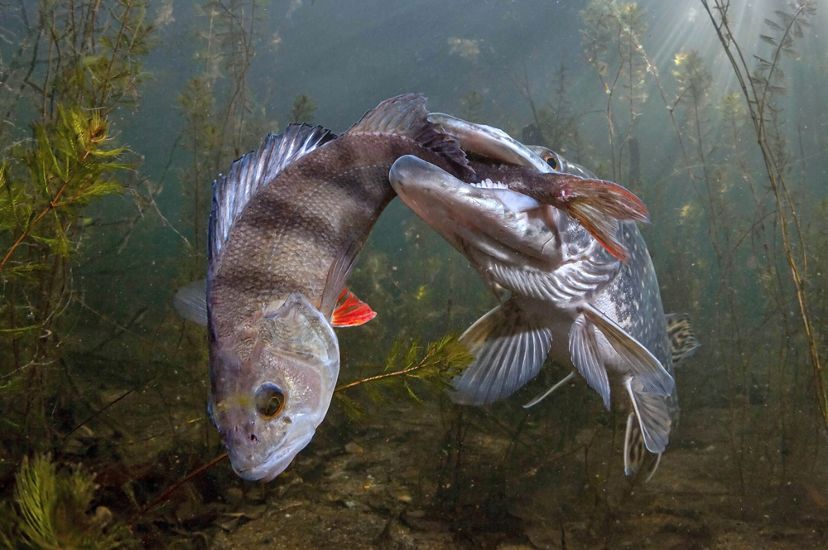
You can help restore free-flowing rivers in Europe
Visit our Practitioner's Toolkit for Dam Removal, an introductory resource.
Access the toolkitPolicy Development
Historically, freshwater ecosystems were often overlooked in environmental policies or solely addressed within terrestrial protection efforts: “We protect rivers as long as they are included in protected areas.” However, the tide is starting to turn as more voices pleading for freshwater protection and restoration gain recognition.
The European Union has long demonstrated strong leadership in international environmental policy by developing and implementing policies and strategies to safeguard nature, both habitats and species. Despite these efforts, current policies have proven insufficient in effectively halting and reversing biodiversity loss, including tackling issues specific to freshwater ecosystems.
To change this, the EU has taken ground-breaking steps in policy leadership by adopting the first-ever EU Nature Restoration Law. This law aims to protect and restore freshwater in a new, holistic manner, emphasizing the importance of both national actions and international cooperation to help restore and protect shared basins.
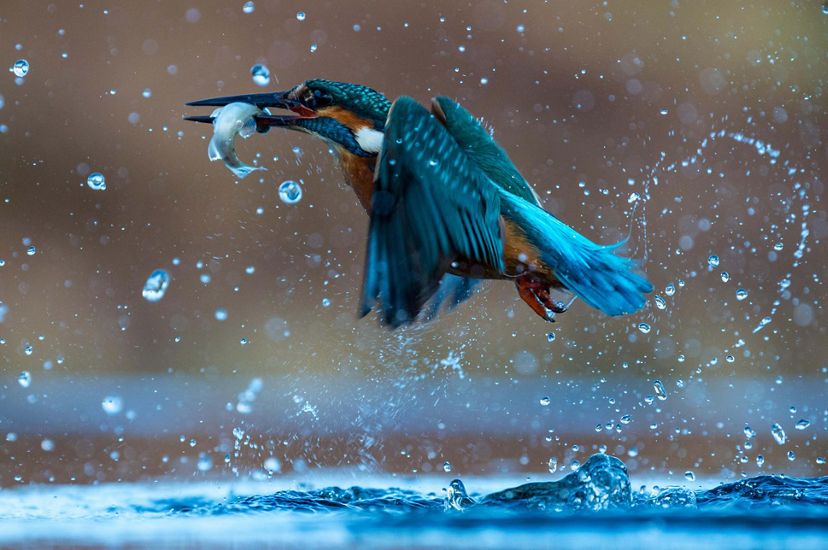
Policies Driving Hope for Freshwater
Two major policy developments — at global and European levels indicate that momentum is growing to bend the curve on freshwater biodiversity loss before it’s too late.
Click below to expand
-
As one of the commitments of the EU Biodiversity Strategy 2030, the European Commission prepared the first European-wide legislation to set legally binding, numeric targets to restore nature within a limited time frame.
The Nature Restoration Law covers a range of terrestrial, coastal, and marine ecosystems, along with freshwater ecosystems, such as wetlands, rivers, and lakes. Specifically addressing rivers, the regulation mandates Member States to identify and remove obsolete man-made barriers hindering the surface water connectivity both laterally and vertically, to turn a minimum of 25,000 km of rivers into free-flowing condition by 2030, and to maintain the restored natural river connectivity.
The NRL represents a significant milestone for freshwater policy — a unique opportunity to address the biodiversity and climate crises by initiating the recovery of EU’s degraded natural habitats. Given the precarious state of freshwater biodiversity, there is an urgent need to start implementing the NRL without delay.
-
The adaption of this groundbreaking agreement at CBD COP-15 in December 2022 by all CBD signatory Parties — including the EU and its 27 Member States was a truly historic day for nature — and freshwater was no exception. The framework lays out a pathway for living in harmony with nature by 2050.
The 196 signatory countries have committed to “ensure that by 2030 at least 30% of areas of degraded terrestrial, inland water, and coastal and marine ecosystems are under effective restoration and effectively conserved and managed.” (Target 2 and Target 3) The fact that inland water is specifically mentioned is key to a new, freshwater-specific approach to environmental protection and restoration. To reach this CBD target, action on the ground needs to start happening now.
The recent adoption of the Nature Restoration Law sends a strong signal to the global community regarding the EU’s commitment to its international obligations and its intention to establish legal targets for ecosystem restoration. This could serve as inspiration for other countries to pursue similarly ambitious policies restoring nature and safeguarding biodiversity.
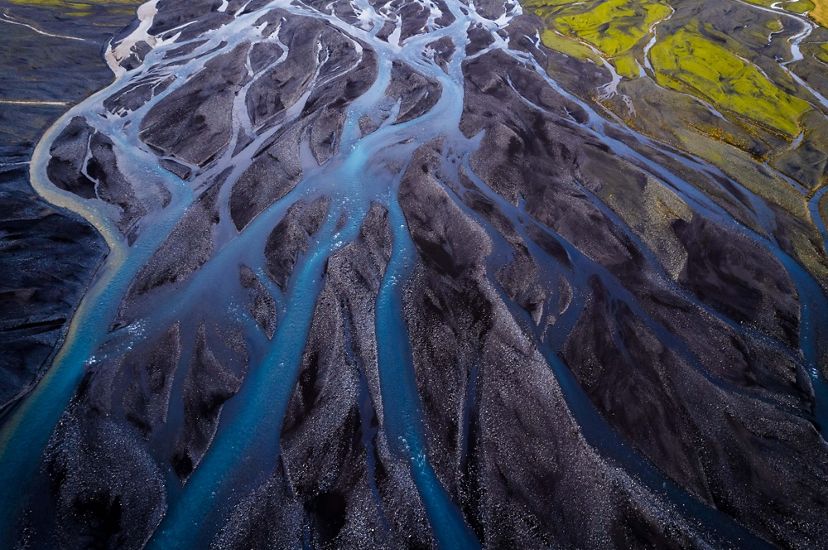
Key Recommendations for European Policymakers
With the newly adopted Nature Restoration Law, EU policymakers have an opportunity to establish a clear roadmap for action, further leading the way in our efforts to tackle global environmental challenges.
Here are the key considerations that European leaders should prioritise in the times ahead:
1. A Holistic Approach
With many existing agreements now coming into effect, it is crucial that the focus is not only on rapid implementation but also on coordination across the different multilateral commitments made to improve freshwater ecosystems. These include those in the Kunming-Montreal Global Biodiversity Framework, EU Biodiversity Strategy, Habitats Directive, Convention on Migratory Species, and others.
2. Swift Implementation
The implementation of the NRL should start as soon as possible, with Member States preparing their National Restoration Plans. These National Restoration Plans should prioritise actions for biodiversity outcomes in the first place and have a “whole system approach.” Member States should collaborate on restoring and protecting freshwater ecosystems, employing a cross-border approach. Rivers do not stop at borders, and our restoration efforts should mirror this reality to effectively meet species’ needs.
3. Effective Financing
The adopted NRL incorporates a provision highlighting the need for adequate financing. Member States and the European Commission committed to improving enabling conditions, facilitating the use of innovative financing mechanisms and encouraging the mobilisation of private capital for restoration initiatives. Additionally, the Commission should ensure effective biodiversity mainstreaming across all relevant EU programmes and financing instruments.
The European Commission has pledged to evaluate the gap between funding requirements for restoration and the available EU funding necessary for supporting Member States in implementing the NRL. This assessment will involve reviewing the financial needs outlined in the National Restoration Plans. Following this exercise, the Commission will strive to propose potential solutions to bridge the financial gap, particularly by establishing a permanent dedicated nature restoration fund within the framework of the Multiannual Financial Framework.
Mobilising resources would help EU Member States and partner countries effectively plan and finance measures to ensure implementation across all legislation.
Now is the time for the European Union to show strong leadership and become an inspiration to the rest of the world.
TNC’s work for healthy rivers and freshwater ecosystems is made possible, in part, by support from the Enterprise Mobility Foundation.
Global Insights
Check out our latest thinking and real-world solutions to some of the most complex challenges facing people and the planet today.

